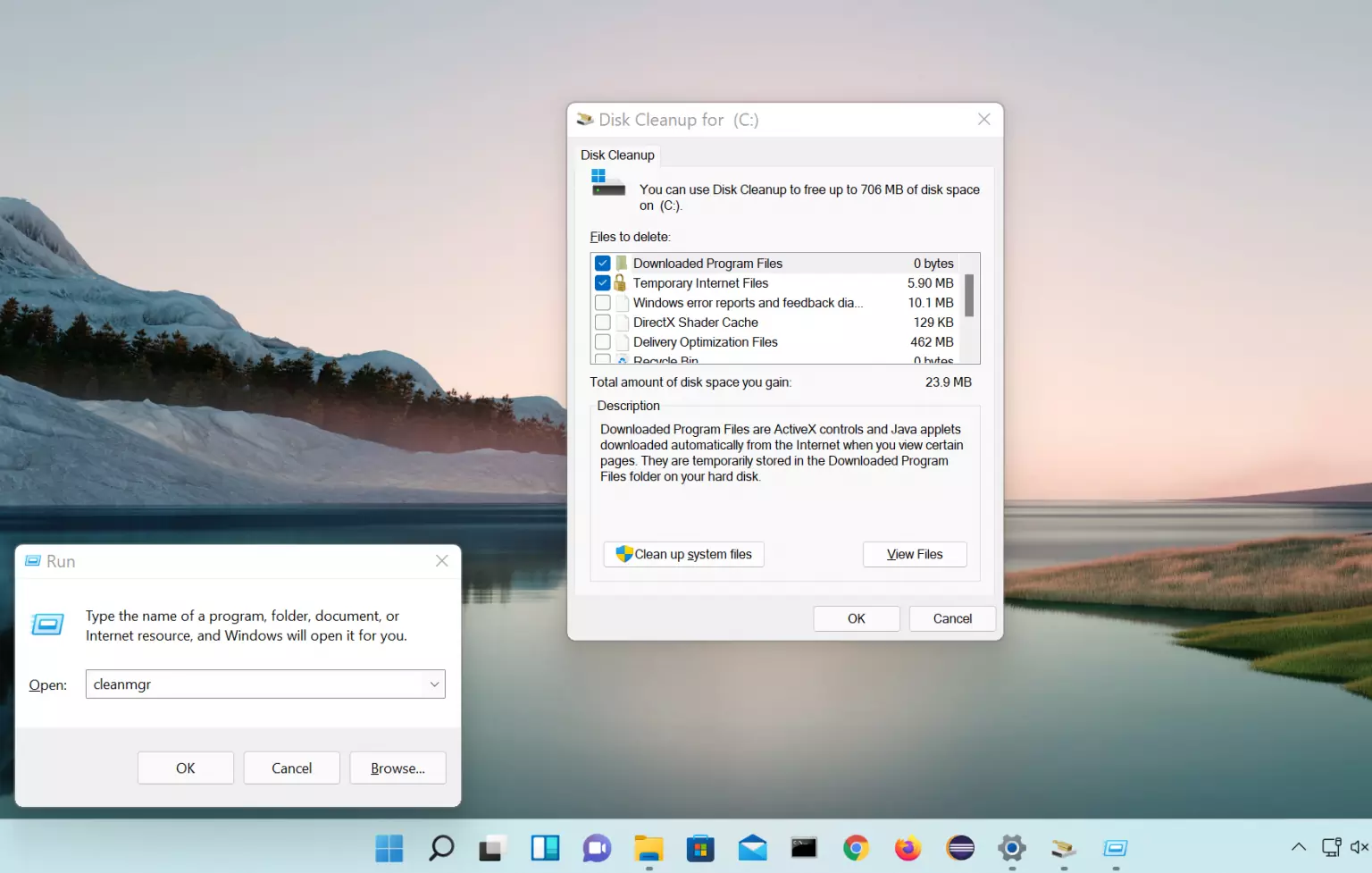

It’s simple and lightweight, so it works well without wasting too much time or resources. Comments and ConclusionįFmpeg is an excellent multimedia software that can do much more than we discussed in this post. I would recommend keeping EPEL and RPM Fusion installed, and most users often need multiple packages from these repositories, which are highly used within the community. Remove autoremove and replace it with remove for users that do not want to remove the unused dependencies from the installation. Remove FFmpeg using the following command. sudo dnf update -refresh How to Remove (Uninstall) FFmpeg This makes maintaining updates simple and quick by running the standard update command as you check your entire system for updates as follows. How to Update/Upgrade FFmpegįFmpeg was installed with RPM Fusion using the dnf package manager. Some examples of the most common bit rates are 96k, 128k, 192k, 256k, and 320k.

sudo dnf install ffmpeg -yįor the development packages, use the following command. Using the following command, install FFmpeg.

Install/Enable the Free Repository (REQUIRED) sudo dnf install -nogpgcheck $(rpm -E %rhel).noarch.rpm -y Install/Enable the Non-Free Repository (OPTIONAL) sudo dnf install $(rpm -E %rhel).noarch.rpm -y Install FFmpeg Note, if you an open-source fan, only install the free repository. In the second step, install the RPM Fusion repo’s in your terminal with the following install options below. Install & Enable RPM Fusion Repositories Next, install EPEL using the following (dnf) terminal command.



 0 kommentar(er)
0 kommentar(er)
